019: the season of reset
Morning Soul Music Session • Nervous System Reset • Vermont in Early Fall • In Flow with Barbara Brignoni • Resetting Priorities • Design Spotlight: Xixi Goldmine Bookstore • Community Question
September has always carried the weight of fresh notebooks and new calendars. Usually a season that focuses on going back to something. This year, we’re thinking less about schedules and more about resets: nervous systems, priorities, the spaces we move through every day. Instead of back, let’s move forward.
This issue leans into slowing down and choosing what deserves space as we shift seasons.
music for your reset
A blend of soul, global grooves, and mellow funk. Mixed live by Mike Clay at hintercabin x, this set drifts through modern soul, afro-groove, nu-jazz, and funk edits featuring artists like Obongjayar, Stormzy, Rosie Lowe, Kokoroko, and more.
Curated for quiet mornings, work sessions or golden hours.
design spotlight: xixi goldmine bookstore
In Hangzhou, an abandoned office building has been reset into something unexpected: the Xixi Goldmine Bookstore. Once empty and overlooked, it’s now a layered space of books, light, and gathering.
The transformation is in more than the architecture; it’s a reset in purpose. What was once built for productivity has become a place for slowing down, for leafing through pages, for sitting with ideas.
The design keeps traces of the building’s past: high ceilings and open structure, but reshapes them into a kind of cultural commons. Shelves rise like walls, staircases turn into reading corners, and the old office floors now hold thousands of books.
It’s a reminder that reset doesn’t only belong to people. Spaces can reset too. When they do, they shift how communities move, think, and connect.
Why we love it: Because it proves that architecture doesn’t have to erase the past to find new life. A reset can come from transformation, not demolition.
analog resets
There’s something grounding about working with your hands. In a season where so much happens behind screens, clay, paint, and paper bring us back to the basics. Tactile processes slow us down, reset our pace, and remind us that not everything needs to be optimized.
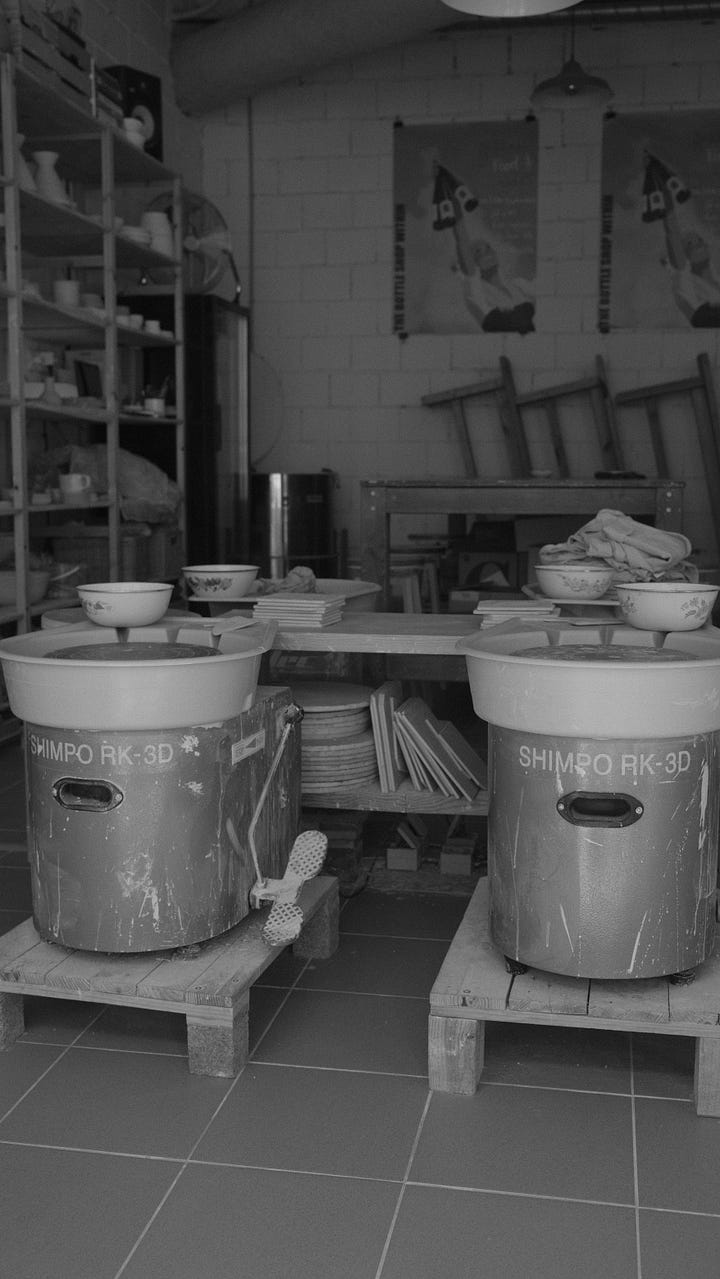
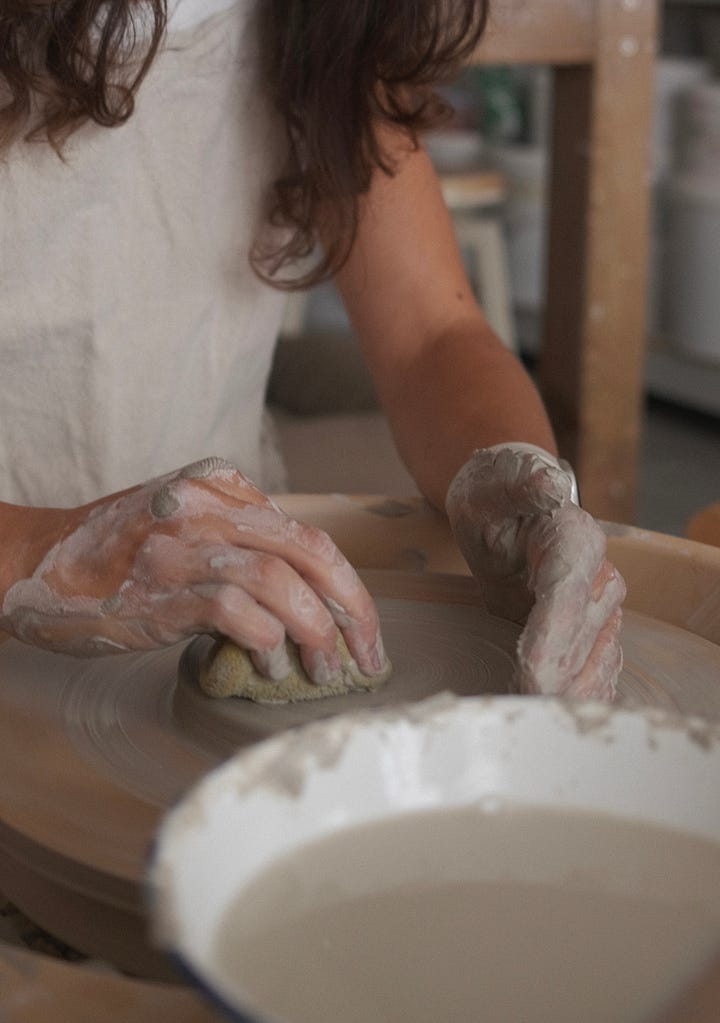
In Lisbon, Studio Marvila offers pottery workshops and natural wine all in one space. The energy is calm and inspiring. The rhythm of shaping clay, the quiet repetition of the wheel, the weight of the material in your hands; it’s a reset for the nervous system as much as it is a creative outlet.
In Tokyo, the traditional art of kintsugi turns repair into a ritual. At workshops like those led by Taku Nakano CeramicArts, participants restore broken pottery with lacquer and gold. It’s a tactile reset that teaches acceptance, patience, and beauty in the imperfection.
And beyond studios, there are everyday ways to return to the analog:
Sketching without worrying about the result
Handwriting a note or keeping a journal
Cooking without a recipe, guided by intuition
These tactile moments recalibrate us when the digital world grows too loud, reminding us that analog is always close at hand.
nervous system care
September often brings pressure to speed up with new schedules, full inboxes, more noise. But it’s also the right time to slow the body down, to recalibrate the nervous system before winter sets in.
Different cultures have long practiced their own versions of this reset. In Finland, the sauna is as much about releasing tension as it is about warmth. In Japan, shinrin-yoku — forest bathing — invites people to immerse themselves in the woods, lowering stress with each step. In North America, cold plunges are finding their way from tradition into daily wellness routines, offering a sharp but effective reset for body and mind.
Small practices work, too: breathwork before the day begins, herbal teas that signal rest, or simply stepping outside without a phone. These rituals don’t erase stress, but they teach the body how to return to calm.
Resetting the nervous system is about creating small anchors of stability that you can return to, again and again.
If you need a little mental clarity, we highly recommend Open’s breathwork and yoga nidra practices. You can try it at no cost for 1 month.
resetting priorities
September is a good time to ask: What deserves space right now, and what can wait?
For many, the default is to fill calendars until there’s no room left. But when everything feels urgent, nothing truly is. Resetting priorities can mean saying no more often, leaving time unplanned, or choosing one project to focus on instead of five.
Design can help here, too. A room with fewer distractions, a desk cleared of clutter, or even a calendar with intentional white space; all of these make it easier to protect what matters.
Priorities aren’t fixed; they shift with seasons. The reset is noticing that shift, and giving yourself permission to align with it.
3 questions for resetting priorities:
What’s essential right now, and what can wait?
Which commitments give me energy, and which ones drain it?
If I cleared one thing off my plate, what space would open up?
Sometimes the reset is about creating room for what matters most.
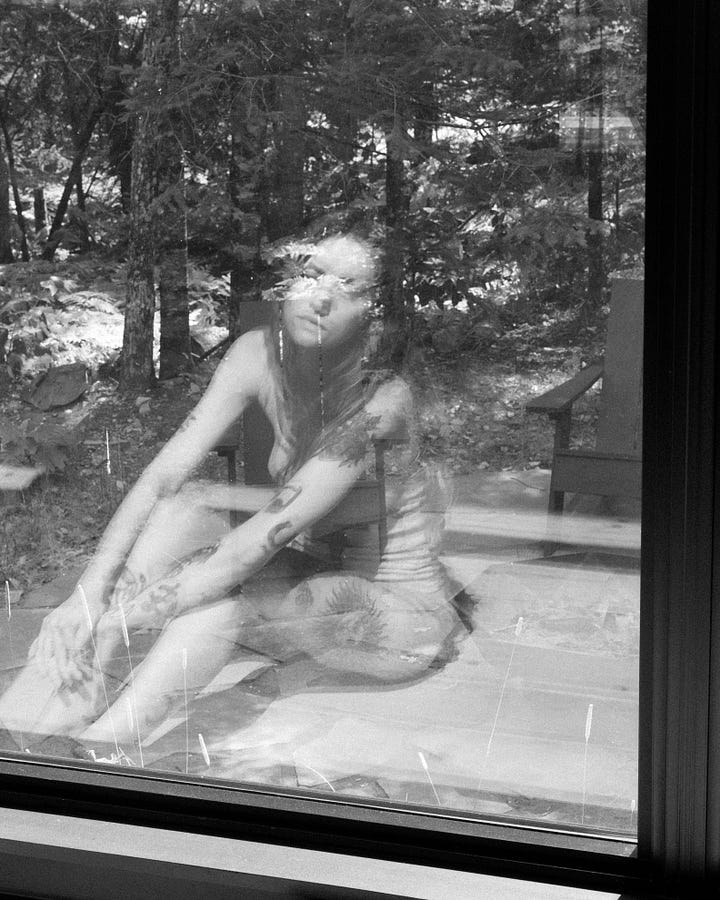
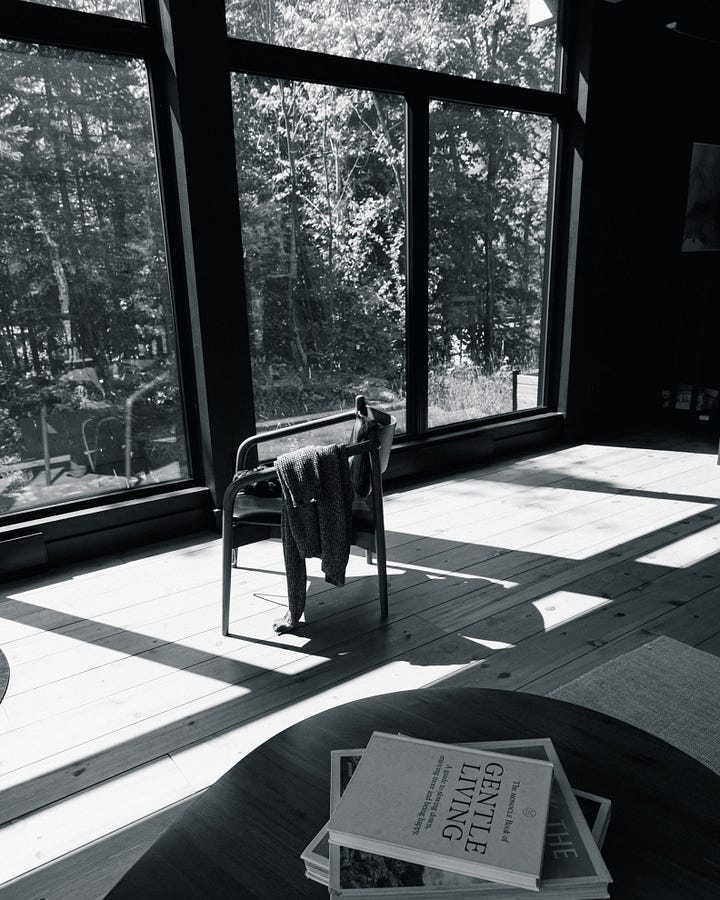
in flow with barbie brignoni
As we’ve explored throughout this issue, resets take many forms: a shift in priorities, a change in space, a new ritual. For artist and creative Barbie Brignoni, reset came through returning to painting, something she had once set aside. What follows is her reflection on how getting back to the canvas became a way to feel present, meditative, and at home in a new chapter of life.
“When I uprooted my life and moved to Lisbon, I knew I needed more than routine; I needed a ritual. something that would ground me in the discomfort of newness and allow me to see it as a beginning rather than an ending.
I studied fine arts in college but never truly pursued it. Perfectionism kept me from finishing a canvas or enjoying the craft. Returning to painting now feels different. It feels necessary. A way of reconnecting with parts of myself I had set aside.
At the local school of fine arts, I spend two and a half hours thinking about nothing but shades of blue, about balancing light without overpowering. I’ve learned that stepping back is often more important than pressing forward; When you focus only on the details, it’s easy to lose sight of the progress unfolding in front of you.
In figure drawing, I sketch without judgment. Each line is no longer a flaw but a marker, a reference, a part of the process.
Every brushstroke feels like breathing life into a version of myself that is both familiar and new. Painting has become a reset, a reminder to trust my intuition as I step into this new season of life.
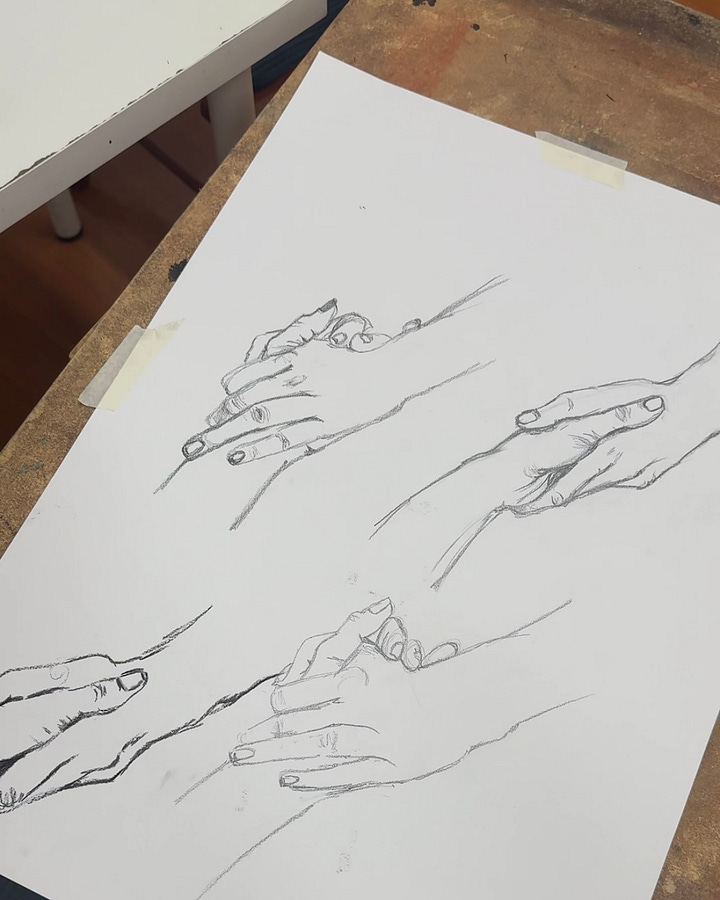
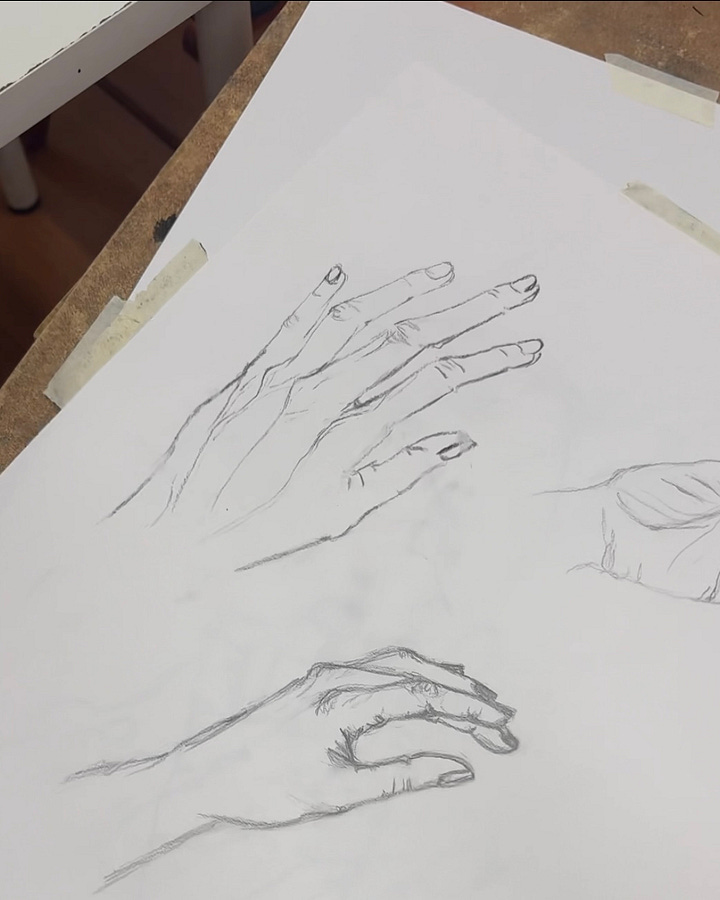
a slow early fall at shadow lakehouse
Nancy Guignard spent a few days with her mother by the lake in Vermont. Her stills feel nostalgic and effortless. They capture the essence of the space. We just had to share.


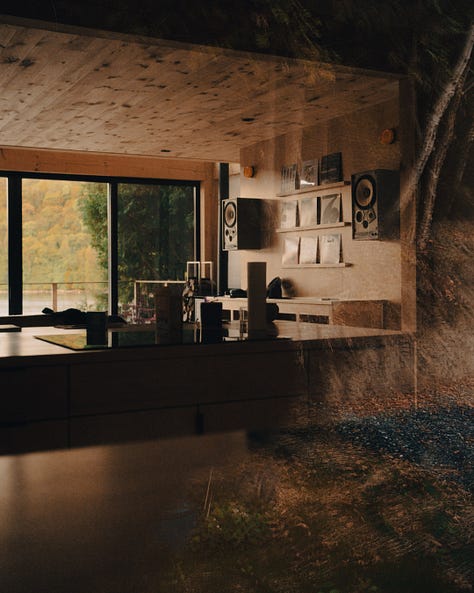
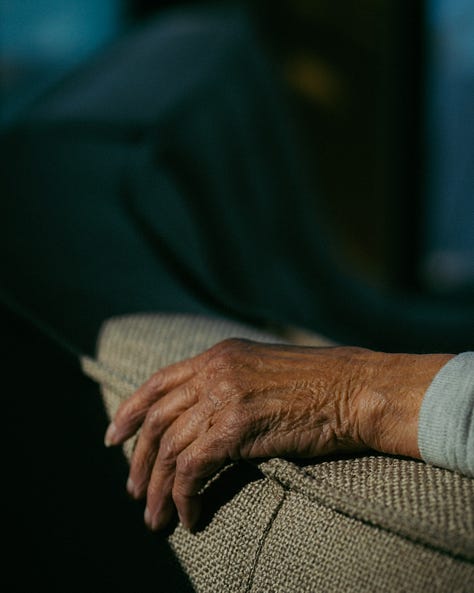

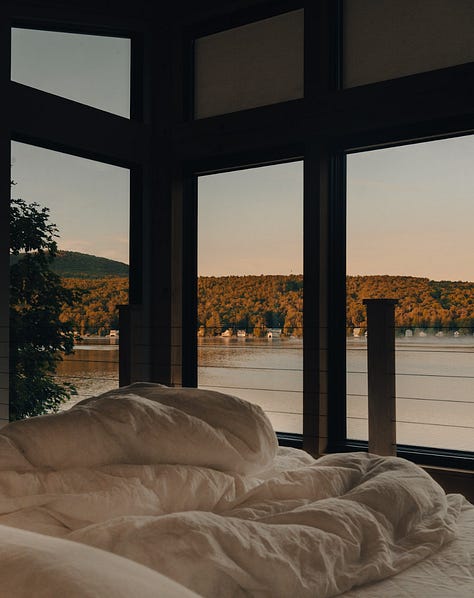
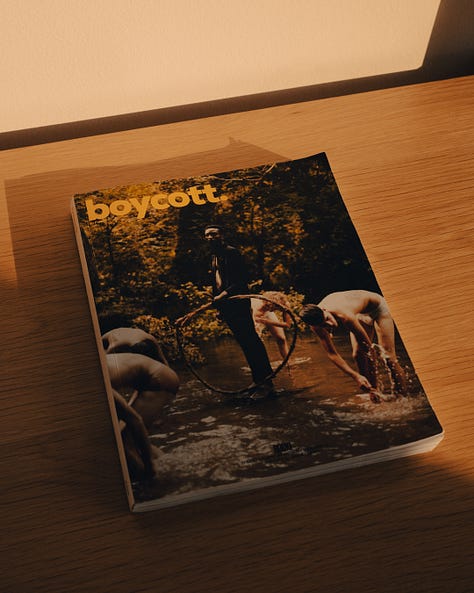

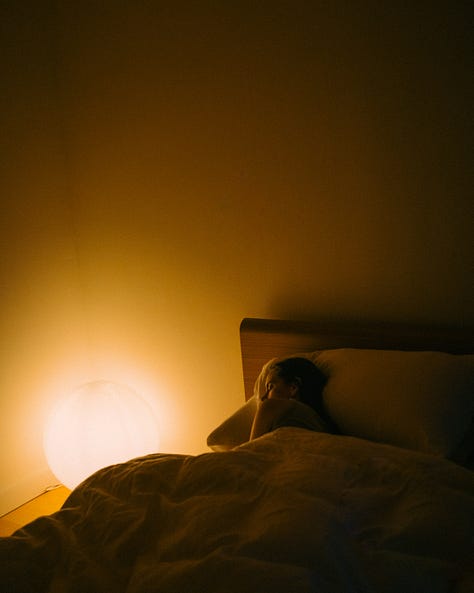
community question
What does “reset” look like for you right now?
We’d love to hear your take. Reply to this email or in the comments directly on Substack. We’ll gather a few of your responses and share them in next month’s issue, so the hinter planet can reflect not only what we’re noticing, but also what this community is experiencing and creating.
Because the reset doesn’t look the same for everyone, and that’s the point.
closing thought
A reset can be small: getting your hands back into raw materials, the decision to clear a shelf or take the long way home. Other times, it’s bigger: a space reborn, a priority shifted, a ritual changed.
September reminds us that resets are possible at every scale. They don’t erase what came before; they make room for what comes next. And maybe the most hopeful part is that we don’t reset alone. Each choice to slow down, to care differently, to build with intention adds to a larger shift, one we’re making together.
The future is bright.
Any thoughts provoked? Ideas sparked? Any corners of the internet worth sharing? Join the conversation and drop a comment below.
Want to find us in other galaxies?
Interested in being one of our Artists in Residence? Apply here.




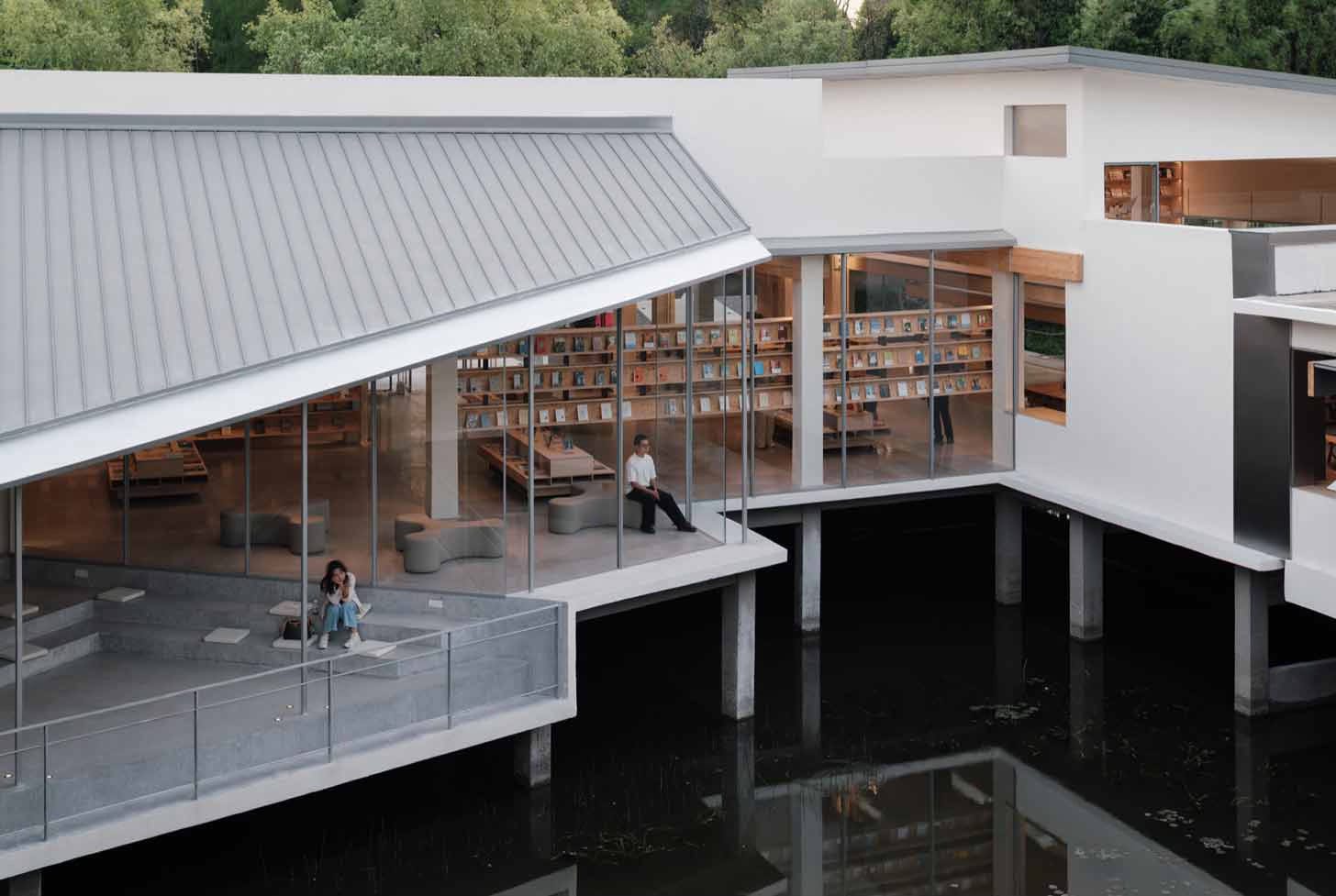
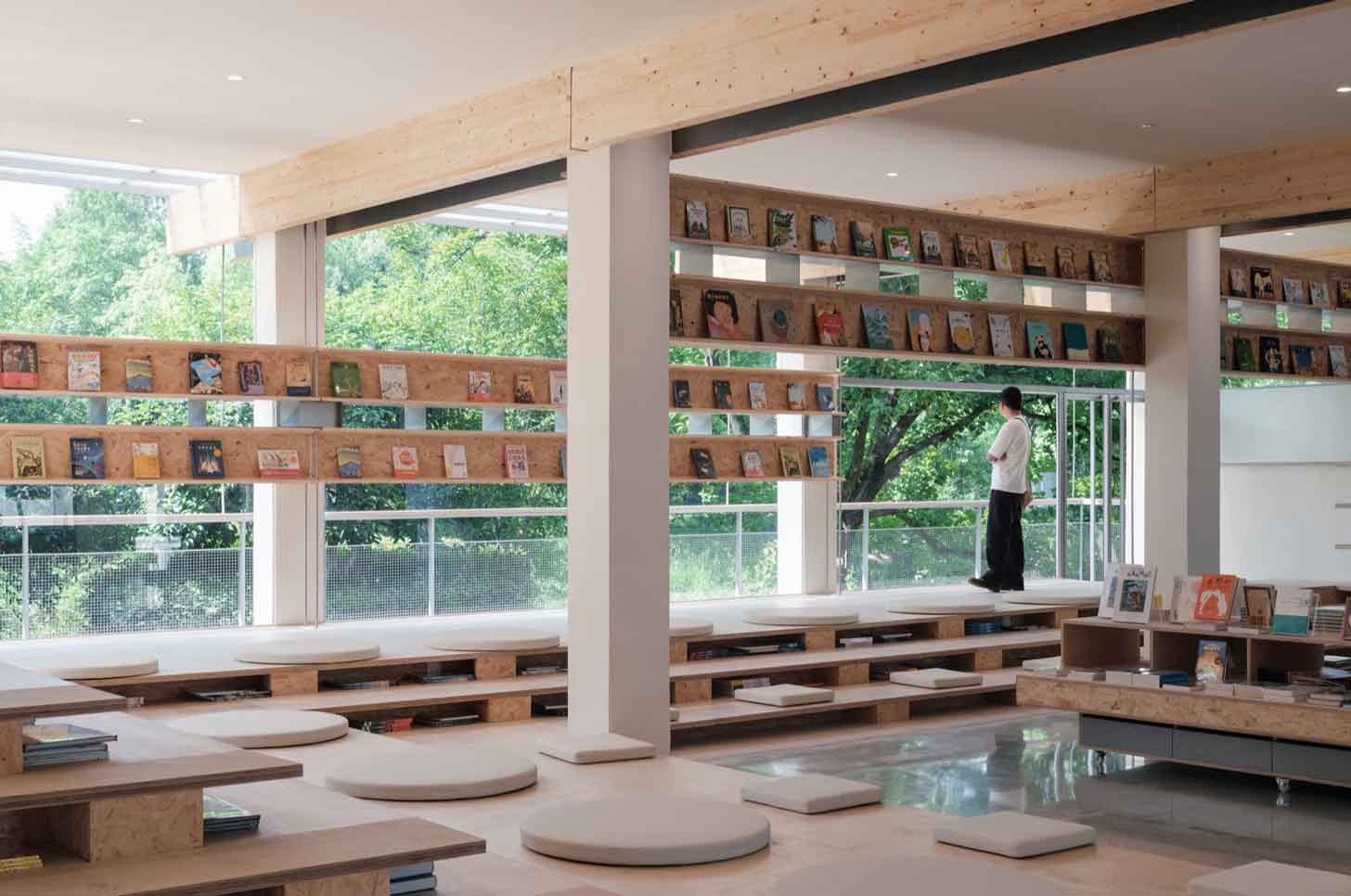

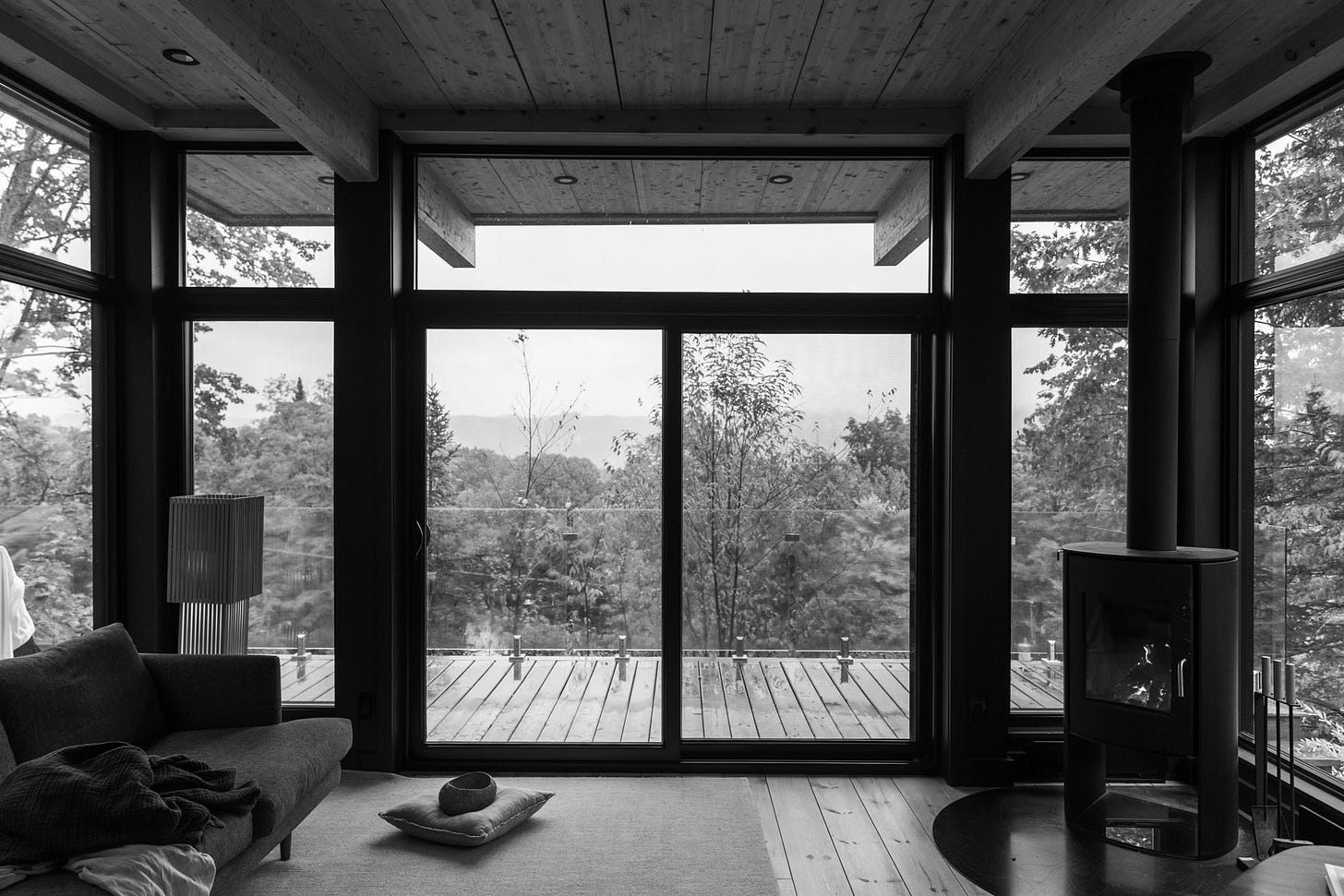
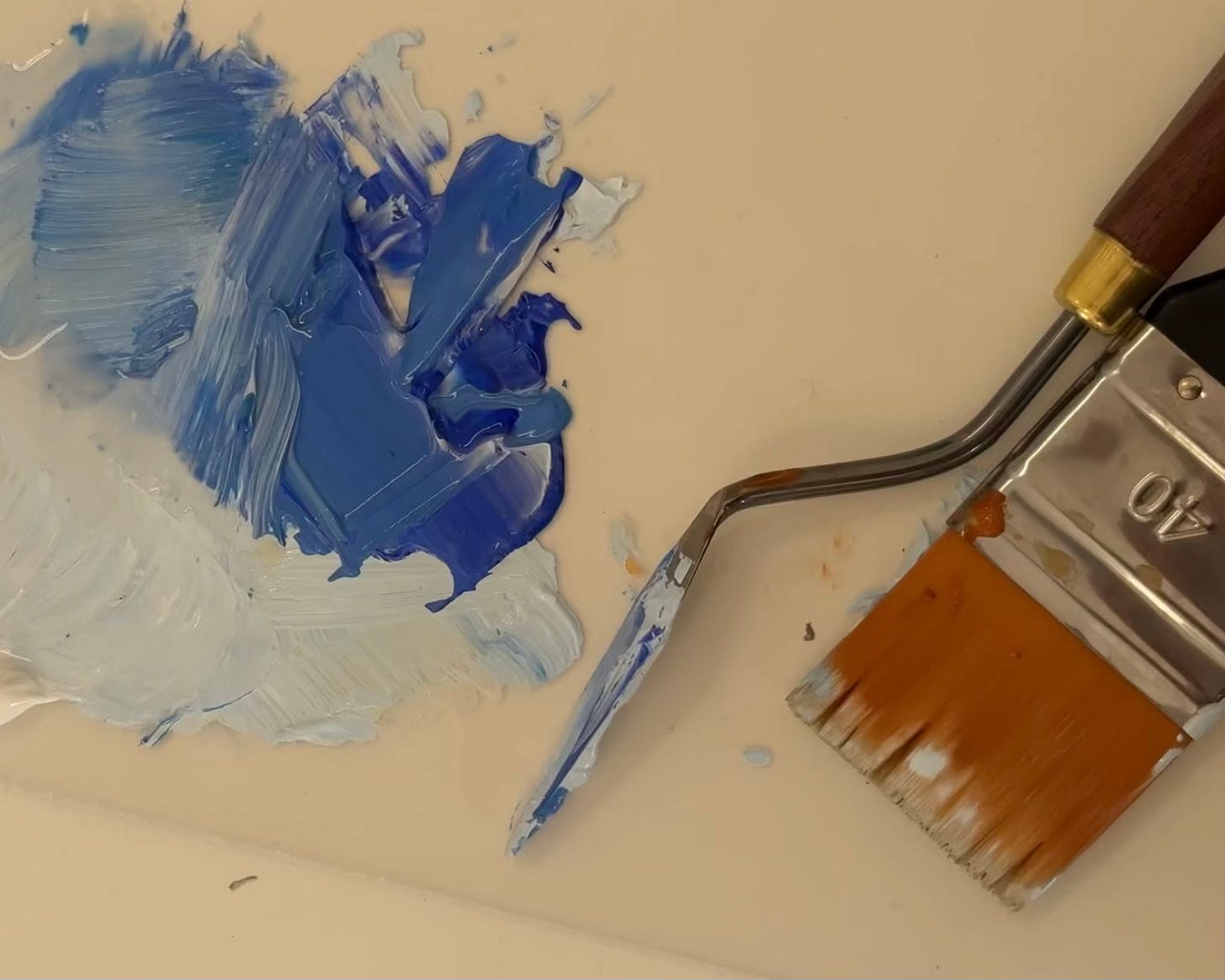
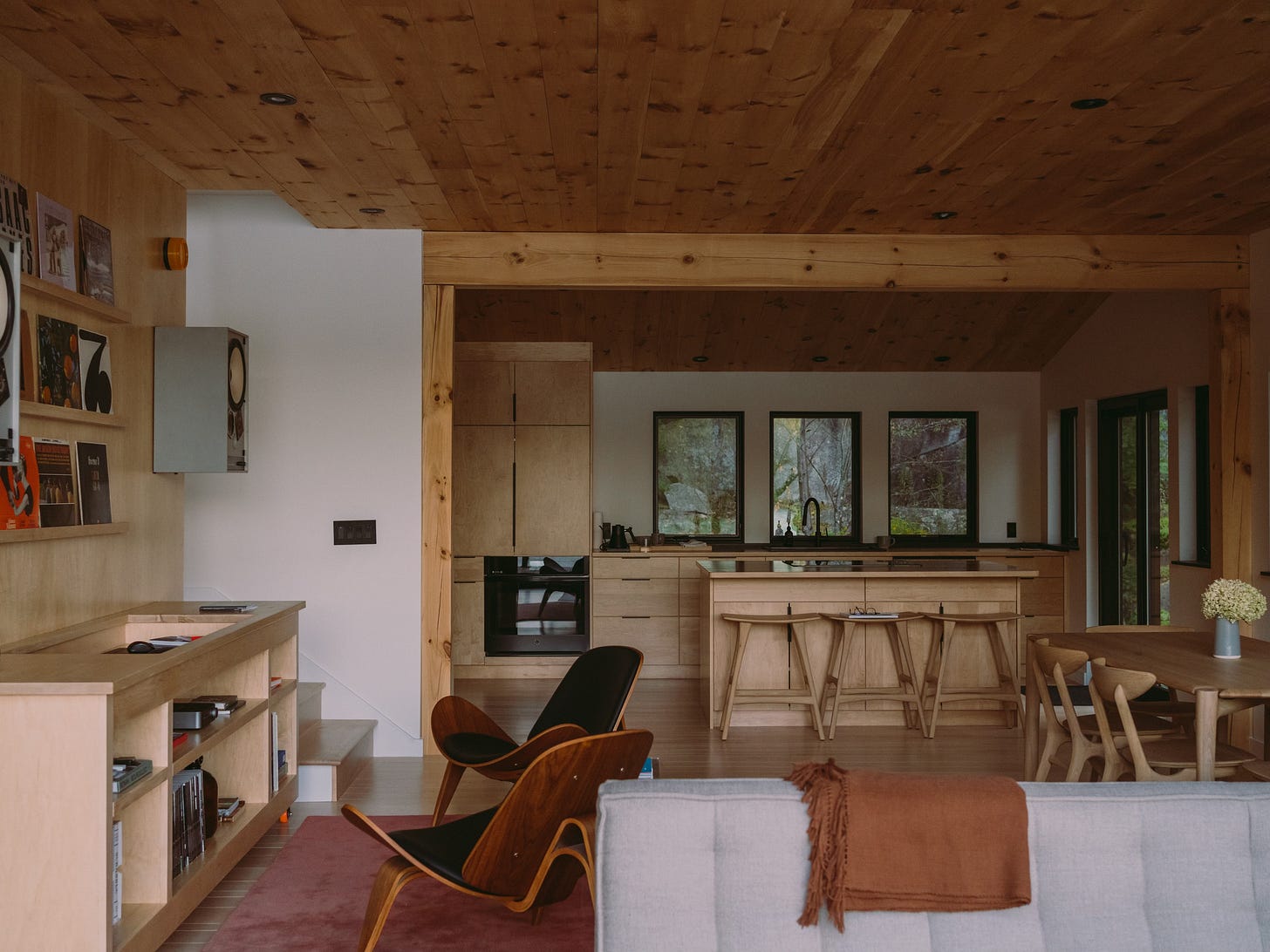
Hi! I'm an architect exploring how our identities are shaped by the spaces we inhabit. One way I do so is by recreating people’s memories of their childhood spaces into written and visual portraits.
The more I delve into the topic, the more I personally find myself reflecting on my own body-space relationships, and Resets are a recurring theme.
Lately, I’ve been focused on locating my spatio-emotional thresholds: Where I experience a subtle emotional shift upon entering/leaving a space. I’ve been practicing to draw on the familiar comfort of home to guide how I show up in unfamiliar or uncomfortable spaces (crowded spaces, online spaces, lonely spaces, unreachable spaces, etc.).
This happens to be the topic of my first Substack post, so if you’d like, you can read more about it here!
https://open.substack.com/pub/sabinehabib/p/what-can-you-learn-from-transitioning?r=5cdgwb&utm_campaign=post&utm_medium=web